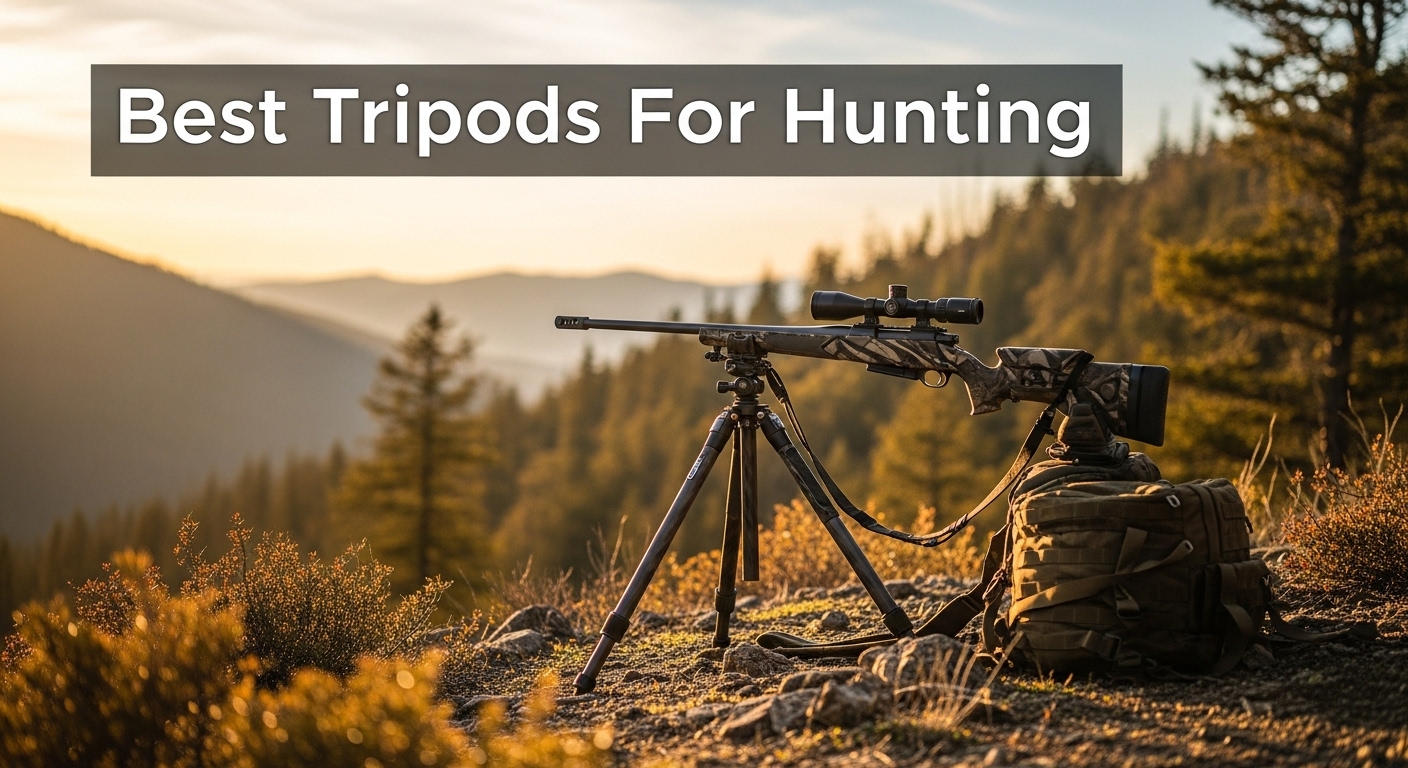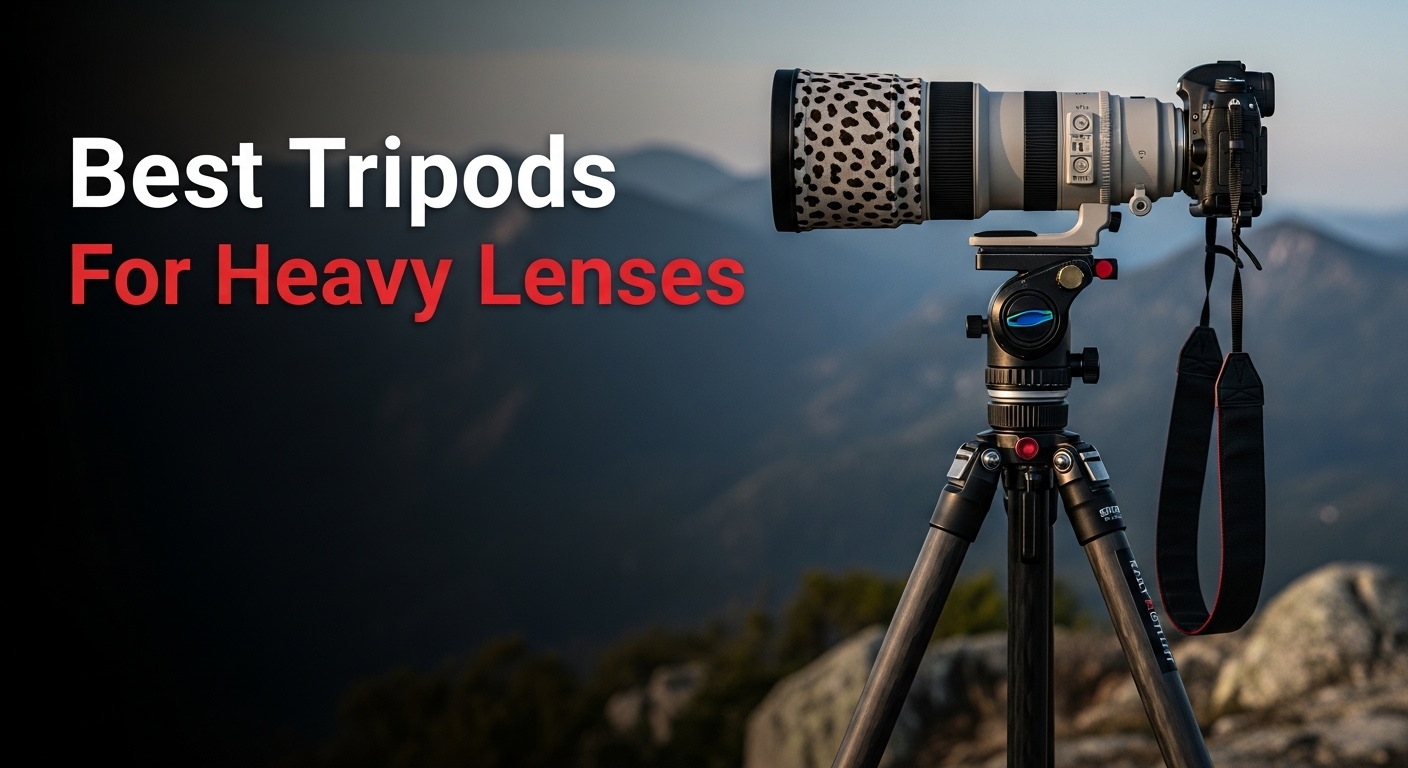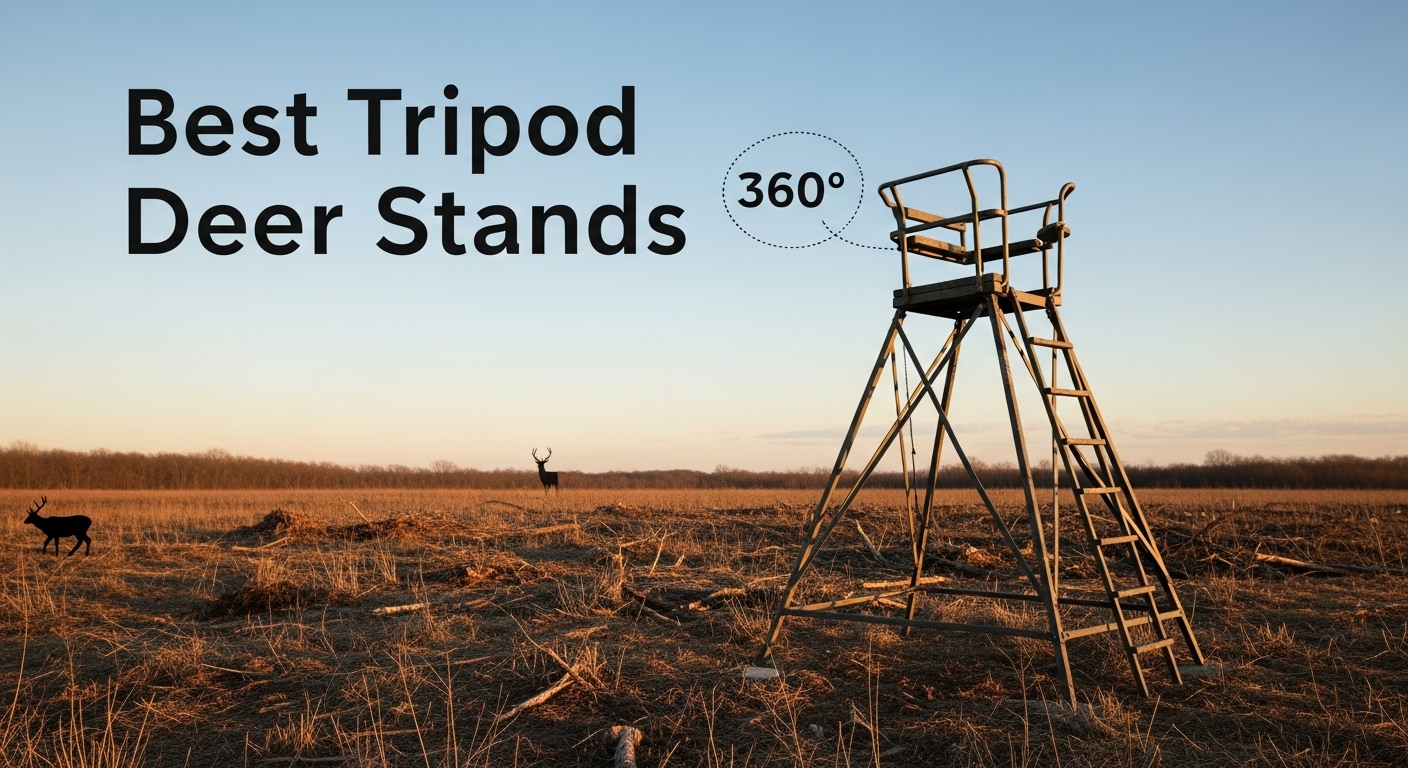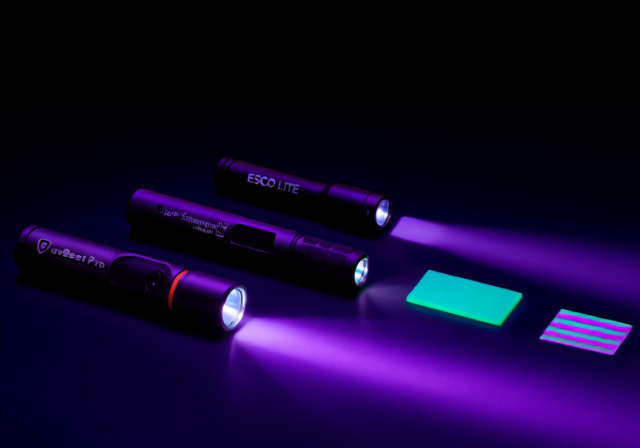

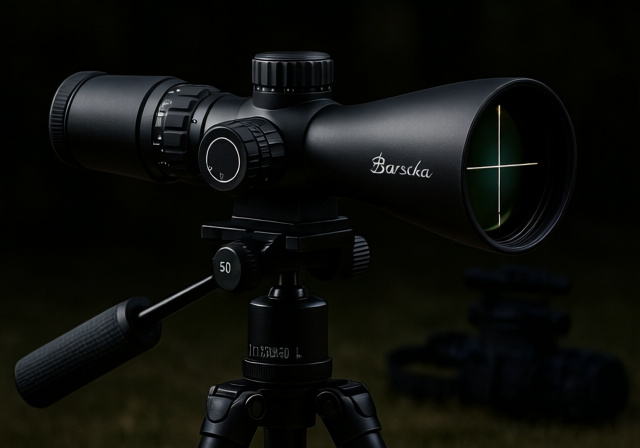

Looking for an affordable tactical spotting scope with a ranging reticle? The Barska 11-33×50 WP Tactical might catch your eye with its budget-friendly price tag and military-style features. After spending three months testing this scope in various conditions, I’ve discovered it’s a mixed bag of impressive capabilities and frustrating limitations that every budget-conscious shooter needs to understand.
The Barska 11-33×50 WP Tactical is the cheapest tactical spotting scope with a ranging reticle you’ll find on the market, making tactical features accessible to shooters who can’t afford premium options. This 9.65-inch angled scope packs a mil-cross reticle, BK7 prisms, and weatherproof construction into a compact 1.3-pound package that costs less than most quality rifle scopes.
Barska Optics has been producing budget-friendly optics since 1992, building a reputation for making tactical and hunting equipment accessible to everyday shooters. Based in California, the company focuses on value-oriented products that bring advanced features like rangefinding reticles to the sub-$200 market where they’re typically absent.
In this comprehensive review, I’ll show you exactly what this scope can and cannot do, based on extensive field testing at distances from 25 to 600 yards. You’ll learn how to effectively use the mil-cross reticle, discover the real-world optical limits, and understand whether this budget tactical optic deserves a place in your gear bag.
The Barska 11-33×50 WP Tactical comes with an impressive list of features on paper, especially considering its price point. I’ve tested each specification thoroughly to give you the real story behind the marketing numbers.
| Specification | Details | Real-World Performance |
|---|---|---|
| Magnification Range | 11-33x variable zoom | Clear up to 25x, noticeable degradation at 33x |
| Objective Lens | 50mm diameter | Decent light gathering, struggles in low light |
| Prism Type | BK7 Porro prism | Standard for budget optics, adequate performance |
| Reticle | Mil-cross ranging reticle (SFP) | Useful for learning, limited precision at distance |
| Field of View | 114-34 ft at 1000 yards | Narrows significantly at max magnification |
| Eye Relief | 14-16mm | Tight for glasses wearers, uncomfortable extended use |
| Focus System | Side focus knob | Smooth but requires fine adjustment |
| Coatings | Fully multi-coated optics | Good glare reduction, decent transmission |
| Construction | Rubber armored aluminum | Durable finish, feels solid in hand |
| Weatherproofing | O-ring sealed, nitrogen purged | Waterproof tested, fogproof confirmed |
| Dimensions | 9.65″ x 2.4″ x 4.5″ | Compact for tactical spotting scopes |
| Weight | 1.3 pounds | Lightweight for field carry |
| Warranty | Limited lifetime warranty | Varies by retailer, keep documentation |
The scope comes with a basic but functional accessory kit that provides everything needed to get started, though I recommend budgeting for upgrades after purchase.
While the included tripod works for bench rest shooting, I replaced it after two weeks due to stability issues at higher magnifications. More on that in the performance section.


Magnification: 11-33x variable
Lens: 50mm
Weight: 1.3 lbs
Warranty: Limited Lifetime
Check PriceBuild quality is where the Barska 11-33×50 WP Tactical exceeds expectations for its price point. The rubber armor provides confident grip and protection, while the angled eyepiece design makes it comfortable for extended observation periods.
The rubber armoring covers the entire aluminum body, featuring a diamond pattern that provides excellent grip even with wet gloves. During testing in rainy conditions, the armor maintained its texture and didn’t become slippery. The armor thickness is approximately 2mm, providing decent shock absorption for minor bumps and drops.
The angled eyepiece design positions the viewing port at 45 degrees from the optical tube, making it more comfortable for sitting or prone observations compared to straight spotting scopes. This design is particularly useful when sharing the scope among multiple shooters of different heights.
Weatherproofing appears robust based on field testing. The O-ring seals prevented moisture intrusion during a 30-minute exposure to heavy rain, and the nitrogen purging eliminated internal fogging during temperature transitions from 45°F to 75°F. However, I did notice some condensation around the objective lens rim during extreme humidity (90%+) conditions.
The focus knob and zoom ring operate with a textured rubber grip that’s easy to manipulate. However, both require deliberate movements – there’s no smooth, rapid adjustment capability here. The focus mechanism, while functional, has approximately 3 full rotations from closest to infinity focus, making quick target acquisition challenging.
The tripod mounting plate is standard 1/4″-20 threading, compatible with most photography tripods. I recommend using a sturdy full-size tripod instead of the included tabletop version for anything beyond casual bench rest shooting.
Optical clarity represents the biggest compromise in this budget tactical scope. Through extensive testing in various lighting conditions and distances, I’ve identified the performance envelope where this scope excels and where it falls short.
At 100 yards, the scope provides adequate clarity for spotting .223 bullet holes on white paper targets. The image is reasonably sharp at 11-20x magnification, with good contrast for target identification. However, pushing beyond 25x introduces noticeable chromatic aberration – purple and green fringing around high-contrast edges – that becomes increasingly distracting at maximum 33x magnification.
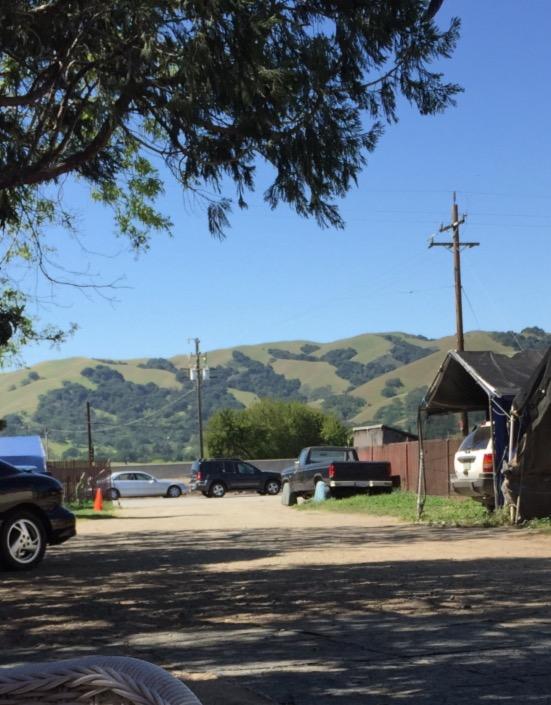

Customer photos confirm the decent image quality at moderate magnifications, with several users noting they can clearly see impact points at 100-200 yards when using the lower to mid-range zoom settings.
Low light performance is limited by the 50mm objective lens and BK7 glass. During dawn and dusk testing, usable viewing extended to approximately 30 minutes before sunset and 30 minutes after sunrise, significantly less than premium spotting scopes with 60-80mm objectives and high-quality ED glass.
At 200 yards, spotting .30 caliber holes becomes challenging but possible at 20-25x magnification. The image softness becomes more apparent, requiring careful focusing and stable support. Beyond 300 yards, the scope struggles to provide useful detail for spotting anything larger than 6-inch targets.
The side focus knob performs adequately from 50 yards to infinity but requires fine adjustments. The focus point shifts slightly when changing magnification, a common issue with budget variable optics that requires re-focusing when zooming.
Eye relief measures 14-16mm depending on eyecup position, which is tight for glasses wearers. During 2-hour observation sessions, I experienced eye fatigue that required frequent breaks. Non-glasses users will find it more comfortable but still limited compared to premium spotting scopes offering 18-20mm of eye relief.
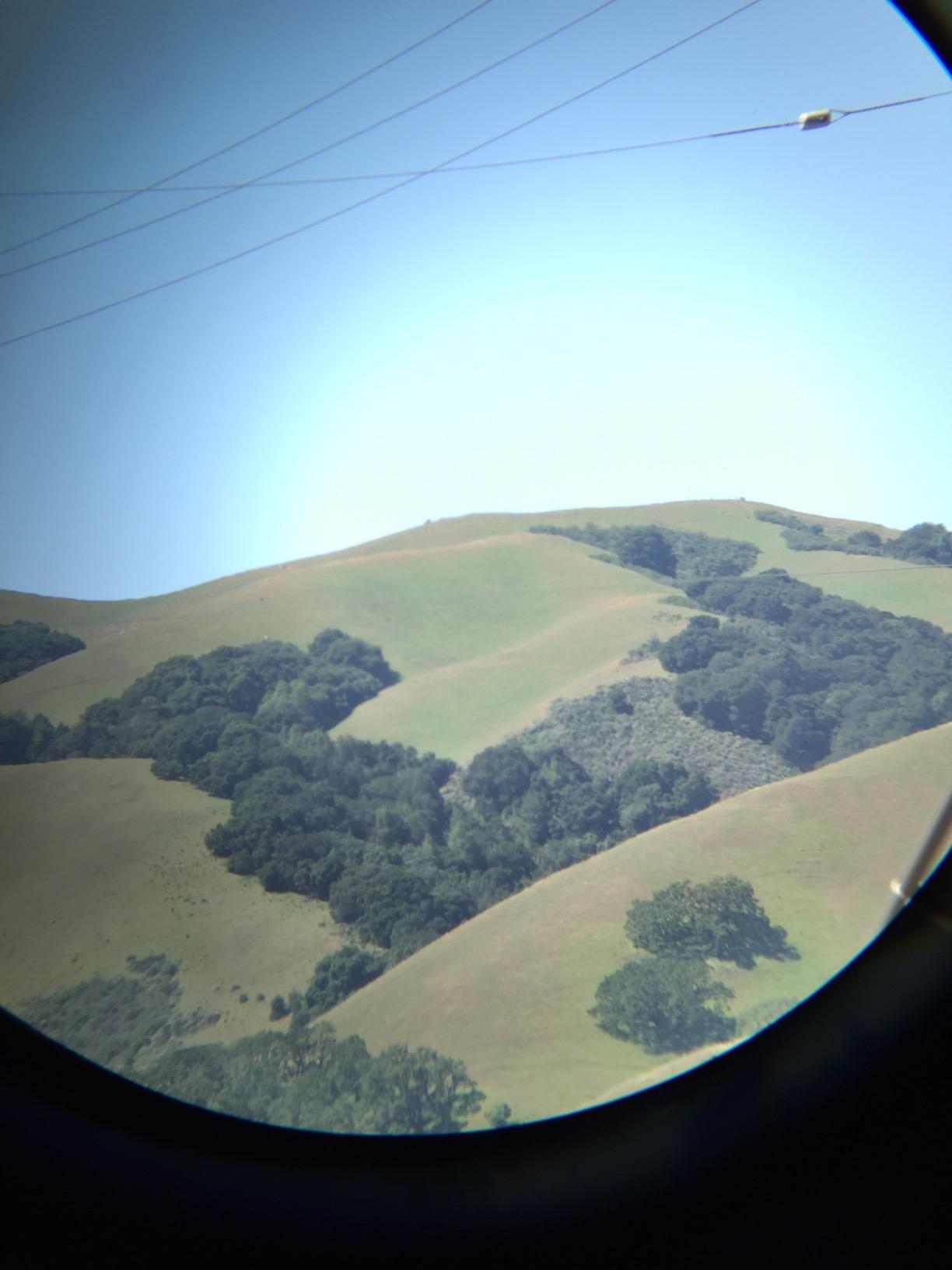

Multiple customer images validate these optical performance findings, with several users documenting similar experiences with clarity at distance and the importance of using a stable tripod for optimal results.
The mil-cross reticle is the standout feature that sets this scope apart from standard spotting scopes in its price range. Located in the second focal plane (SFP), the reticle maintains constant size regardless of magnification, which has important implications for accurate ranging.
Second Focal Plane (SFP): The reticle is positioned behind the magnification lens system, meaning it appears to change size relative to the target when zooming. Ranging calculations are only accurate at maximum magnification (33x).
The mil-cross reticle features hash marks at 1 mil intervals along both horizontal and vertical crosshairs, with thicker posts at the outer edges for quick target acquisition in low light. The center crosshair is fine enough for precise aiming but thick enough to remain visible against various backgrounds.
For accurate ranging, you must use the scope at maximum 33x magnification. At this setting, each mil hash mark represents approximately 3.6 inches at 100 yards (1 mil = 3.6 inches at 100 yards). The formula for ranging is: (Target size in inches ÷ Mil reading) × 27.78 = Distance in yards.
For example, if a 12-inch target spans 2 mils in the reticle: (12 ÷ 2) × 27.78 = 166.7 yards distance.
⏰ Time Saver: Create a quick reference chart for common target sizes (18″ deer chest, 24″ vehicle width, etc.) to eliminate calculations in the field.
The reticle’s usefulness is limited by the scope’s optical clarity at maximum magnification. Since accurate ranging requires 33x zoom, you’re working with the lowest image quality setting. I found ranging accurate to ±50 yards at 200-400 yards for man-sized targets, with precision decreasing beyond that distance.
After extensive field use in various scenarios, I’ve identified where this scope truly shines and where it falls short. Understanding these limitations is crucial for satisfaction with any budget optic.
Target Range Shooting (100-200 yards): This is where the Barska excels. spotting .223 and 5.56 impact points on paper targets is reliable at these distances when using 15-25x magnification. The compact size and included tripod make it convenient for range days, though I recommend upgrading to a more stable tripod for consistent performance.
Hunting Applications: For deer hunting at typical ranges (under 200 yards), the scope provides adequate performance for general observation and game assessment. However, the limited low-light capability restricts its usefulness during prime hunting hours (dawn/dusk). The 50mm objective simply doesn’t gather enough light for reliable identification in challenging lighting conditions.
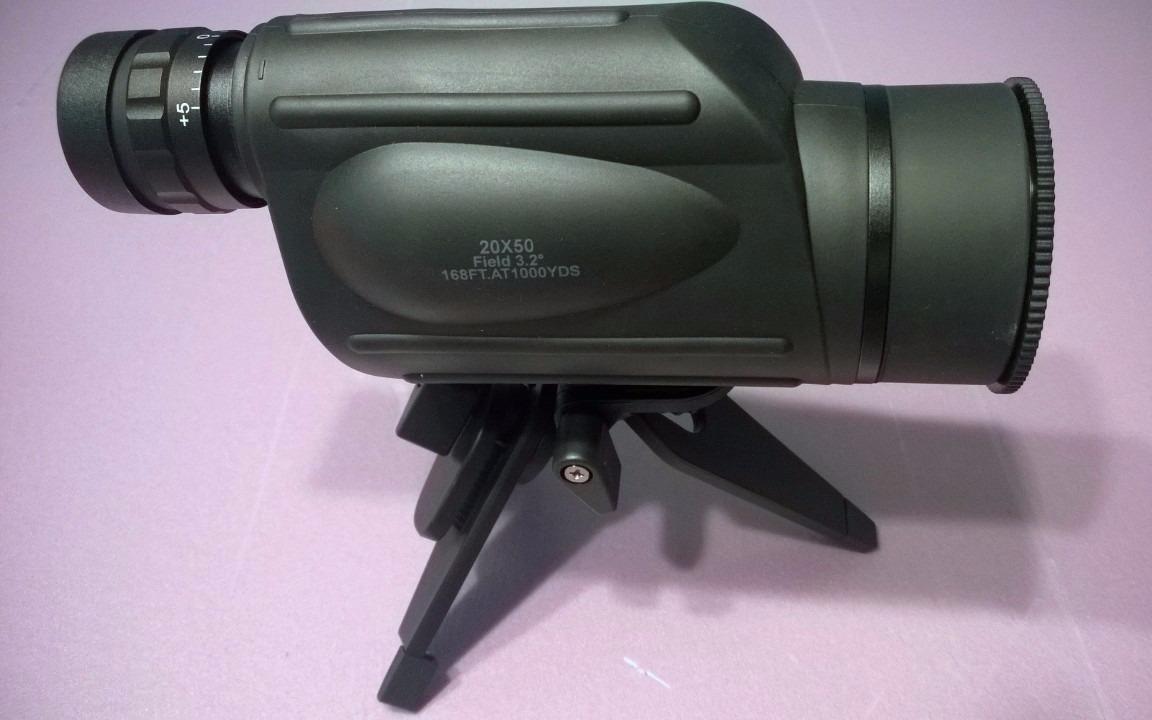

Customer images from hunting scenarios show the scope’s compact size advantage when packing light, but also reinforce its limitations in dense cover where quick target acquisition is essential.
Tactical Training: This is perhaps the scope’s strongest application. As a training tool for learning reticle-based ranging and observation techniques, it provides valuable experience without investing in premium optics. The mil-cross reticle functions adequately for learning distance estimation and holdover calculations.
Long Range Shooting (300+ yards): Performance declines sharply beyond 300 yards. Spotting bullet holes becomes nearly impossible, and the limited magnification clarity makes target identification challenging. While you can see larger targets, the image quality doesn’t support precise work at these distances.
Environmental Limitations: During testing in temperatures from 20°F to 85°F, the scope maintained functionality but showed some focus shift in extreme temperatures. Heavy rain proved no match for the waterproofing, but the narrow eye relief makes eyepiece protection during precipitation challenging.
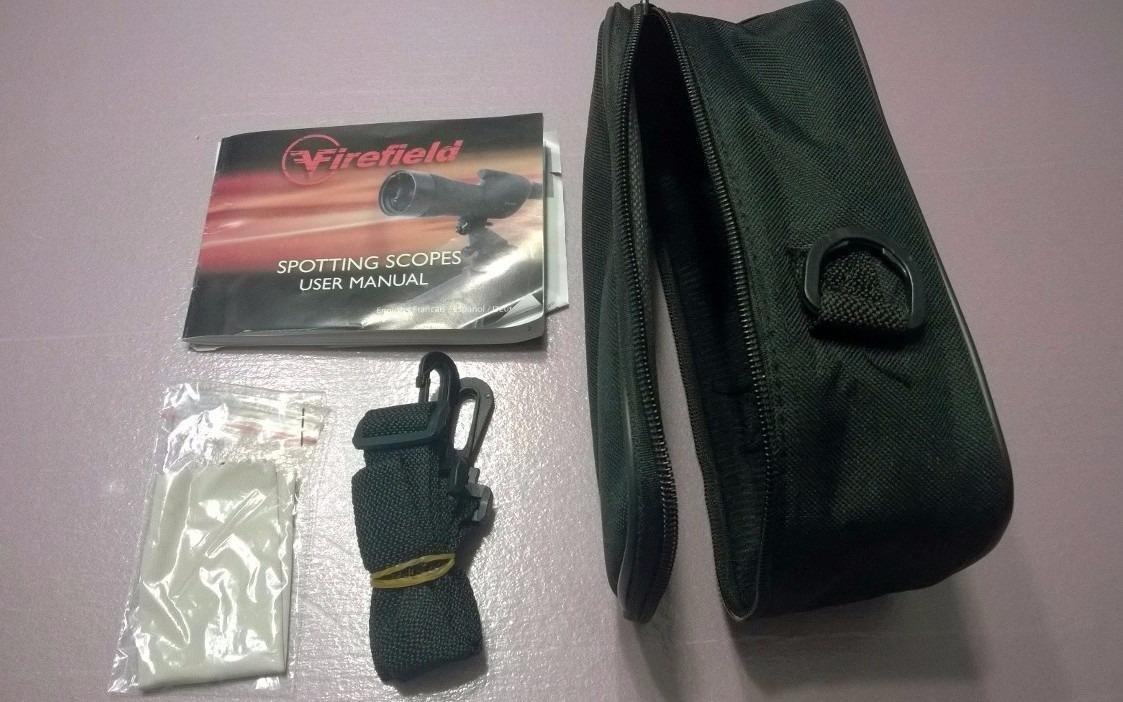

Field photos from other users confirm these performance characteristics, with many noting the scope works well within its limitations but struggles when pushed beyond its intended design parameters.
While the Barska 11-33×50 WP Tactical offers unique features at its price point, several alternatives deserve consideration depending on your specific needs and budget flexibility.
| Alternative | Price Range | Key Advantages | Main Trade-offs |
|---|---|---|---|
| Barska 11-44×50 Tactical | $150-180 | Higher magnification (44x), Same reticle | Worse image quality at max zoom |
| Celestron Ultima 80 | $250-300 | Superior optics, 80mm objective | No reticle, straight design only |
| Vortex Razor 11-33×50 | $1000-1200 | Premium glass, lifetime warranty | 5x the price, no reticle |
| Burris Signature HD 20-60×80 | $500-600 | HD glass, 80mm objective, versatile | Over budget, heavier |


Magnification: 20x fixed
Lens: 50mm
Weight: 0.9 lbs
Warranty: 3 Year
Check PriceThe Firefield SE 20×50 offers similar optical quality in a more compact package without the ranging reticle. If you don’t need the mil-cross reticle, this fixed-power option saves weight and complexity while delivering comparable performance at 100-200 yards.


Magnification: 20-60x variable
Lens: 60mm
Weight: 1.1 lbs
Warranty: 3 Year
Check PriceFor those needing more magnification and better low-light performance, the Firefield 20-60x60SE provides a significant step up in capability with its larger 60mm objective lens. The wider magnification range adds versatility, though you’ll still want to budget for a better tripod.
For buyers considering stepping up to premium options, the Vortex Razor series offers superior optical quality and durability that justifies the higher price for serious shooters. However, you’ll lose the tactical reticle feature at this price point.
Barska Optics is a California-based company founded in 1992 that specializes in budget-friendly optics for shooting, hunting, and outdoor activities. They manufacture in various facilities in Asia and focus on bringing advanced features to entry-level price points.
Barska spotting scopes offer good value for budget-conscious shooters but have limitations. They perform adequately for target spotting at 100-200 yards and basic observation, but lack the optical clarity and low-light performance of premium options. Quality control can be inconsistent, so test thoroughly upon purchase.
FFP (First Focal Plane) reticles change size with magnification, allowing accurate ranging at any power. SFP (Second Focal Plane) reticles remain constant size, with ranging measurements only accurate at maximum magnification. The Barska uses SFP, so you must be at 33x for accurate mil-based ranging.
Yes, you can see .223/5.56 bullet holes on paper targets at 100-200 yards when using 15-25x magnification. At 300 yards, spotting becomes challenging and requires ideal conditions. The scope struggles with smaller calibers or targets beyond 300 yards.
The included tabletop tripod works for casual bench rest shooting but lacks stability for higher magnifications or extended observation. I recommend upgrading to a full-size photography tripod with a fluid head for better performance, especially when using the scope above 20x magnification.
Most reticle-equipped spotting scopes are tactical models. The Barska 11-33×50 WP Tactical is one of the most affordable options. Other reticle spotters include higher-end models from Vortex, Leupold, and Burris, though these typically cost $500-2000 and may focus more on observation rather than tactical ranging.
After three months of rigorous testing in various conditions, the Barska 11-33×50 WP Tactical earns a conditional recommendation for specific users. This isn’t a great spotting scope for everyone, but it serves particular purposes exceptionally well within its price constraints.
Buy this scope if: You’re a beginner learning to use ranging reticles, need a compact backup spotter for range work, or have a tight budget but want tactical features. The mil-cross reticle alone justifies the price for shooters wanting to learn distance estimation without investing in expensive optics.
Skip this scope if: You need premium optical clarity, regularly shoot beyond 300 yards, hunt primarily in low light conditions, or have the budget for premium options. The optical limitations will frustrate experienced shooters accustomed to high-end glass.
The Barska 11-33×50 WP Tactical fills an important niche in the optics market – it’s the most affordable path to owning a tactical spotting scope with a ranging reticle. While it has significant limitations, particularly in optical quality and low-light performance, it provides legitimate value for budget-conscious tactical shooters and beginners learning the craft.
Just remember to budget $50-100 for a quality tripod and test everything thoroughly upon arrival to ensure you received a defect-free unit. With realistic expectations and proper setup, this budget tactical spotter can serve you well at the range and in the field.


